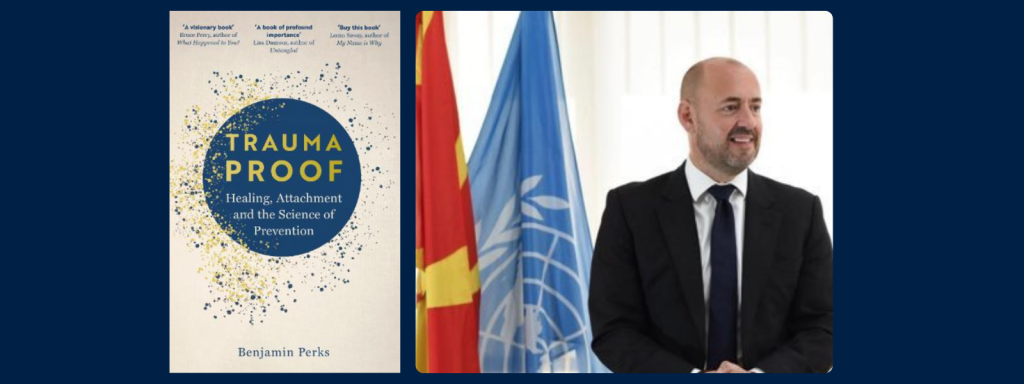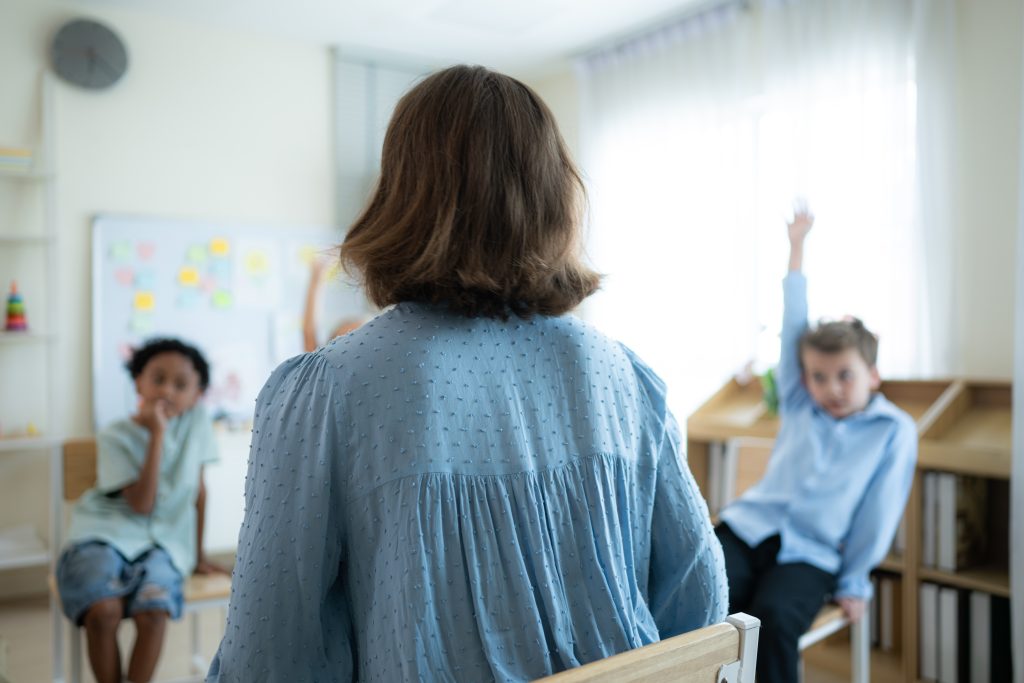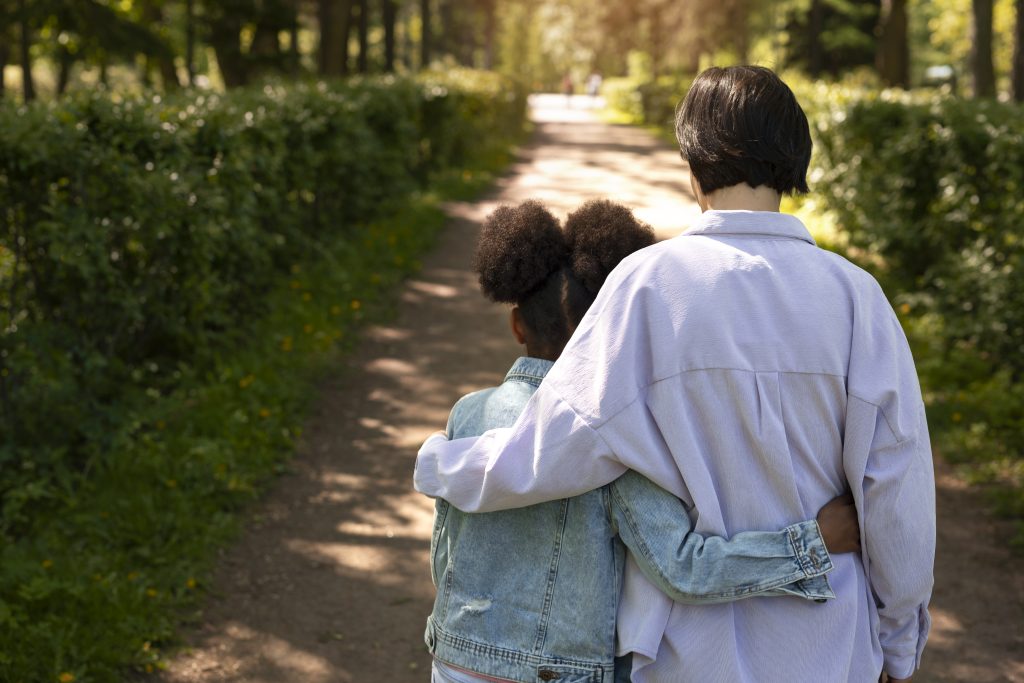
Where should we place unaccompanied refugee children to live?
Where should you live? This is a major question that everyone faces. It is a particularly salient question that social workers face when they have a young person arrive in their local authority from another country, separated from any primary caregiver. Should we place this unaccompanied asylum-seeking child in family foster care, a residential home, semi-independent living, or other types of accommodation? Part of this decision will be based on practicalities of what places are available. Ideally it would be driven by what is best for the outcomes of these young people.
Internationally, there has been a big push into deinstitutionalisation of children in care. This makes intuitive sense. People want stability in care and to have trusted adults. Such ideas fit with attachment theory and with data that finds better outcomes for young people in family foster care than in residential care. But, individual cases and contexts are more complex. For unaccompanied and separated children in humanitarian crises in low- and middle-income countries, an evidence synthesis found from the limited evidence that the outcomes for children in foster care were generally, but not consistently, positive – and the outcomes for children living in residential care were mixed, but positive outcomes for children in residential care were strongly linked to better standards in care. For children in high-income countries, many arrive as teenagers aged 14-17 and will have to shortly transition to adulthood. They may have strong bonds with other young people who have travelled with them and may be used to a level of independence. Many also have strong bonds to family who they have been separated from, and they will also have to integrate into a new society and new ways of living in ether foster family or residential homes.
What does the evidence say about the impact of placement type on (mental and physical health) as well as educational outcomes?
Dr Aoife O’Higgins, Dr Michael Shea, and I carried out a systematic review where we aimed to look at the impact of placement type on (mental and physical) health and educational outcomes of unaccompanied refugee minors. This two page summary of the research outlines the findings while the full paper is free online from Clinical Child and Family Psychology Review. We screened 3,877 studies and included 9 studies in our review. Some of these young people arrived as resettled refugees without an adult family member while others arrived on their own seeking asylum. Our exploratory meta-analysis found that unaccompanied refugee minors in family foster care had overall better mental health when compared with those in other types of accommodation (p=0.027). This may be because family foster care improves mental health or because those with better mental health are more likely to be placed in family foster care.
No matter the decision on where to live, the young people’s best interests should be at the heart of the decision. Where we live can affect our wellbeing, health, and future.
This blog is written by Dr Ellie Ott, Research Fellow at the Rees Centre. It is part of a series for the month of May on unaccompanied migrant young people in care.
Further information on the Rees Centre’s work in this area.









